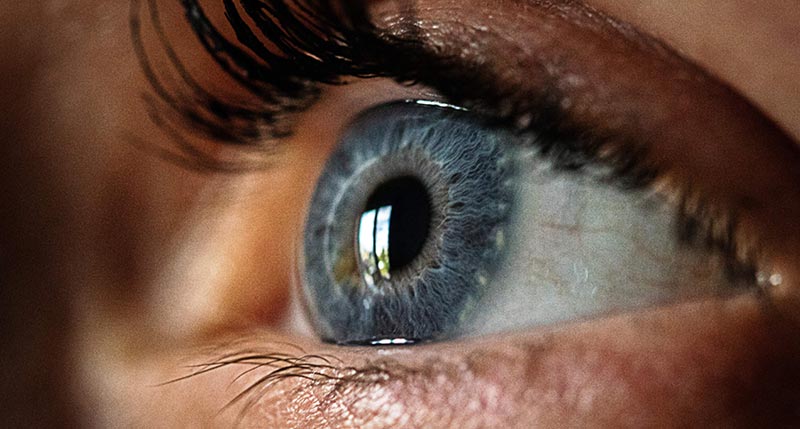Our Blog
Eye Center

5 Tips for My Younger Self to Prevent AMD
5 Tips for My Younger Self to Prevent Age-Related Macular Degeneration Who among us doesn’t wish we could step back in time and change things we did when we were younger? Maybe you bought a cool but cheap car that turned out to be a lemon, caused an accident...

How To Reduce Your Risk for Eye Cancer
How To Reduce Your Risk for Eye Cancer (And All Cancers) February is National Cancer Prevention Month: A great time to review practical ways to reduce your risk for becoming a cancer statistic. The National Cancer Institute estimates that 2 million Americans were diagnosed with cancer in 2024. That is a sobering statistic, especially because 600,000 people did not survive that diagnosis. Over 40% of people diagnosed with cancer and nearly half of the deaths associated with cancer were linked...
8 Ways To Love Your Eyes On Valentine’s Day And All Year Through
On Valentine’s Day, our thoughts turn to those we love—our significant others, our families, pets and friends. We think about how much we love and appreciate all that these wonderful people and animals do. But have you ever thought about how much you love...
Who Is At Risk For Glaucoma?
The National Eye institute designates January as National Glaucoma Awareness Month. Did you know that more than 3 million people in the United States have been diagnosed with this sight-stealing disease? In our previous post, we addressed the top five questions people...
Top 5 Questions About Glaucoma
Many of us breathed a sigh of relief when the year 2020 with its many challenges came to an end. But the New Year brings a critical reminder: January is National Glaucoma Awareness Month. It’s an important time to educate yourself, family and loved ones about...
A Thank-You To Patients and Friends
We wish you a safe and healthy holiday season! We realize that many of you — just like many of us — are ending this unprecedented year much differently than we have ever done in the past: By spending the holidays at home, canceling travel plans, avoiding...
5 Questions About Flexible Spending Accounts And Vision Care
With 2020 soon coming to an end, you have only a few weeks left to spend your designated Flexible Spending Account (FSA) funds on eligible health care costs. Many patients ask us which vision-related expenses qualify for reimbursement under an FSA. We thought...
5 Ways to Reduce or Prevent Diabetic Eye Disease
November is American Diabetes Month. It’s estimated that more than 30 million adults over age 18 currently have diabetes, with another 84 million showing signs of prediabetes. For those over age 65, one in four have diabetes and its associated complications. Did...






